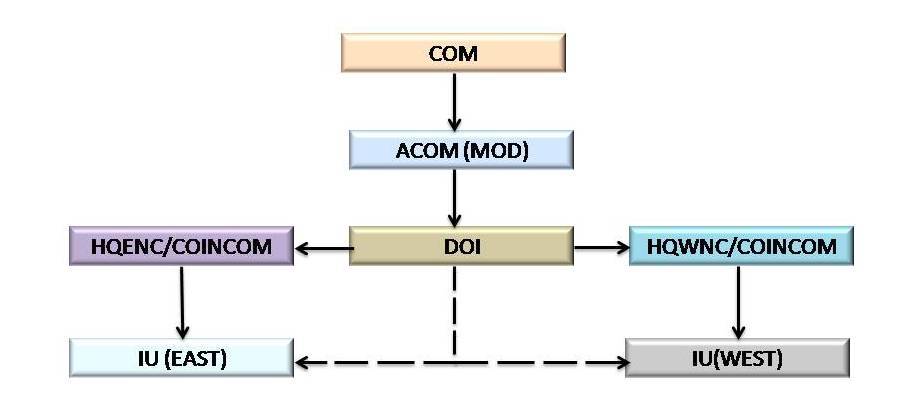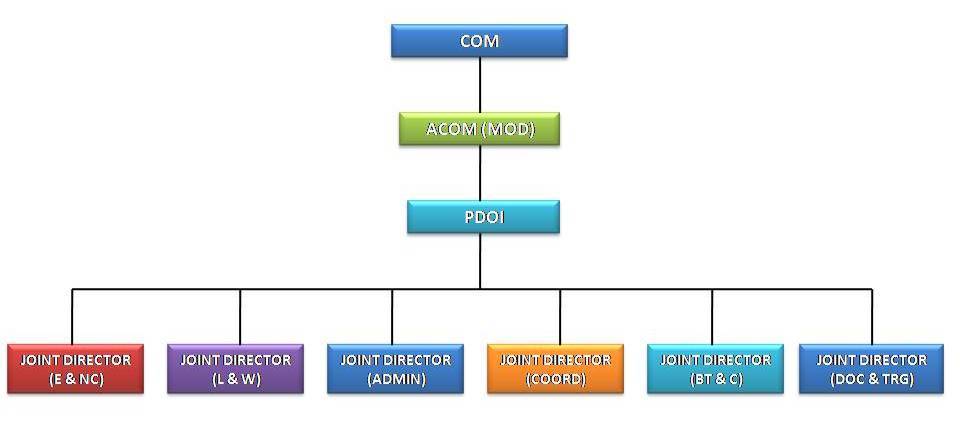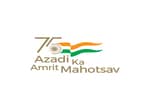Directorate of Indigenisation
Compendium of Test Facilities (May 2013)
INDIGENOUS PRODUCT DEVELOPMENT – A GUIDE
Product development is a highly technically challenging task and professional task. The multitude of agencies involved in development of equipment and systems for our Naval platforms not only within the Navy, but also outside the Navy, demands a very high degree of patience, perseverance and a deep understanding of all the processes involved. These processes range from financial, commercial, contractual as well as technical.
INTRODUCTION
Development in the field of Naval systems is inherently technology intensive and requires substantial investment of time, money and resources. Advancements in technology are no longer the preserve of defence and it is often the civil sector and the commercial concerns which drive the technology today. Industry, including the private sector and the academia can therefore play a vital role in meeting sophisticated needs of the armed forces through cost-effective utilisation of its know-how and existing infrastructure.
Naval equipment is designed to withstand very harsh marine environment and is generally built to NES/IN specific standards promulgated by professional dte/DME specs/EED Qs by DEE/NCDs by DNA. Some of the characteristics that differentiate Naval equipment from general purpose equipment are shock standards, Environmental testing as per JSS 55555 and EMI/EMC testing. The various standard to which an equipment is required to developed along with the testing procedure will be specified in SOTRs, which form part II of RFP.
The Navy as a customer and the industry as a supplier of the equipment and systems need to have a clear understanding of the requirements, and the plan for induction and Indigenous Development. Keeping this in focus and within the induction plan of new platforms, the ‘15 Year Indigenous Development Plan’ was first prepared and promulgated in 2003. This plan was to be reviewed after every five years. The 15 Year Indigenous Development Plan has been revised based on requirements up to 2022 and formulated under the following major heads:-
- Marine Engineering
- Electrical Engineering
- Weapons and Sensors
- Submarine Equipment and Systems
- Project – 75 Equipment and Systems
This 15 Year Indigenous Development Plan can be accessed at
INDIAN NAVAL INDIGENISATION PLAN (2015-2030)
VISION AND OBJECTIVES
Vision. To counter the problems of spiraling import costs of equipment and spares, and embargoes/ technology denial by foreign countries on a long term basis, the Navy aims to achieve Self-Reliance in maintaining and supporting its vital assets through Indigenous Development route within the ambit of Intellectual Property Rights (IPR).
To achieve the stated vision, a self-contained Indigenous Development Organisation capable of identifying needs, generating paper particulars and undertaking development of equipment and spares for all discipline has been created. This organisation is named Directorate of Indigenisation (DOI) at the IHQ MoD (N), which in the field/ Command level is assisted by Indigenisation Units (IUs) West and East under the administrative control of HQWNC and HQENC respectively.
Organisation. The organisation of DOI and its field units is as shown outlined in Figure 2.1:-

Fig 2.1 Organisation Chart
Directorate of Indigenisation (DOI). The Directorate is functioning under COM through ACOM (MOD) at IHQ MoD (N) and undertakes Indigenous Development of complete equipment/ sub-assemblies/ components beyond the delegated financial powers of Commands, in consultation with Professional Directorates. The organisation of DOI is shown in Figure 2.2.

Figure 2.2 Organisation Chart of DOI
Indigenisation Units (IUs). IUs established at Mumbai and Visakhapatnam are functioning under the control of IHQ MoD (N), the Command Headquarters/ Command Indigenisation Committees (COINCOMs), who task them. The Command Headquarters provides office infrastructure, administrative and logistics support.
Pages
- 1







